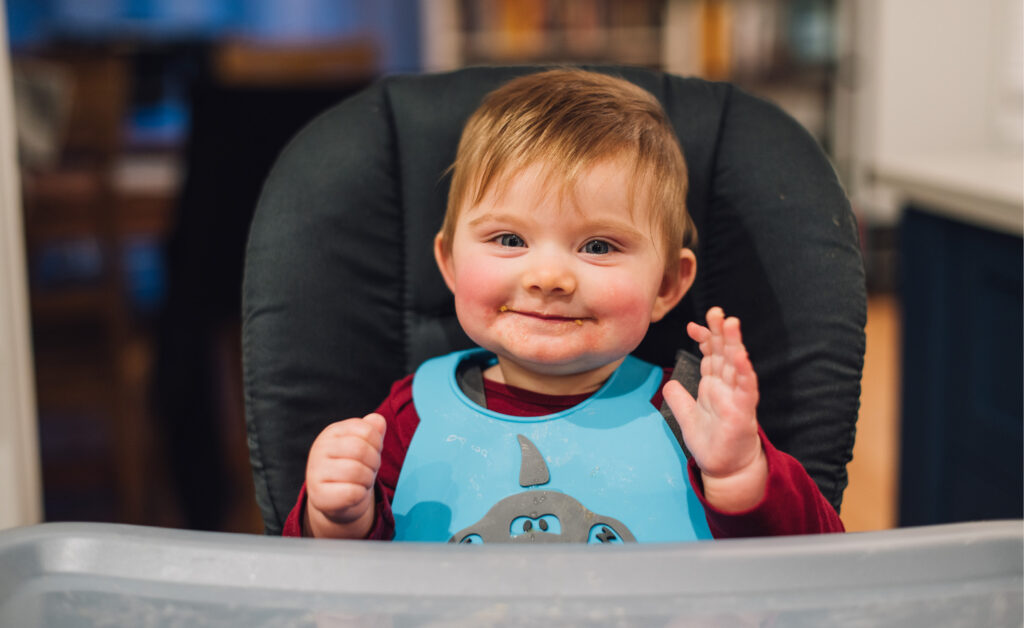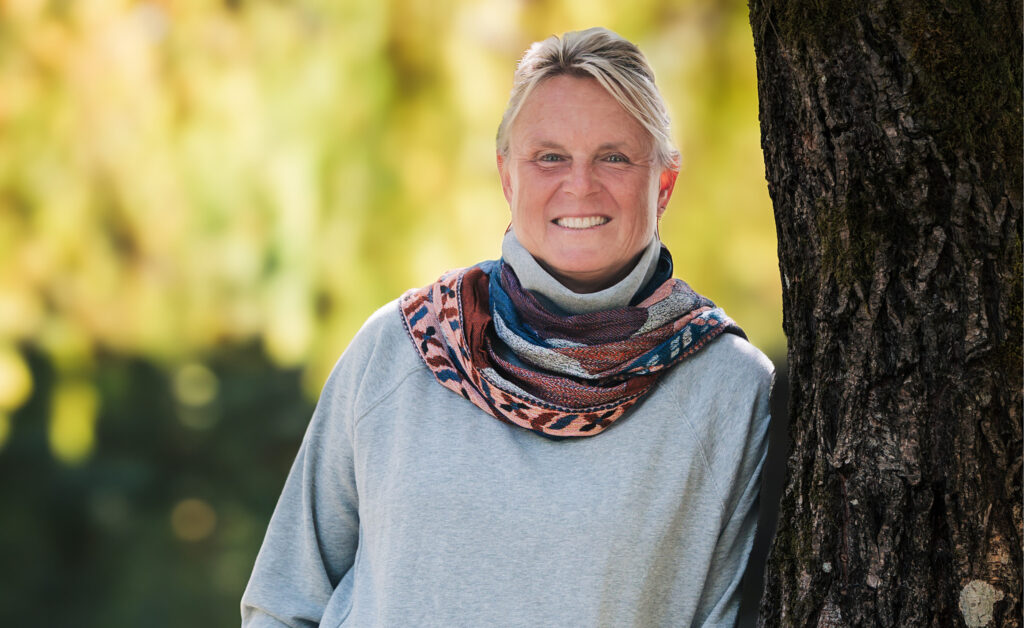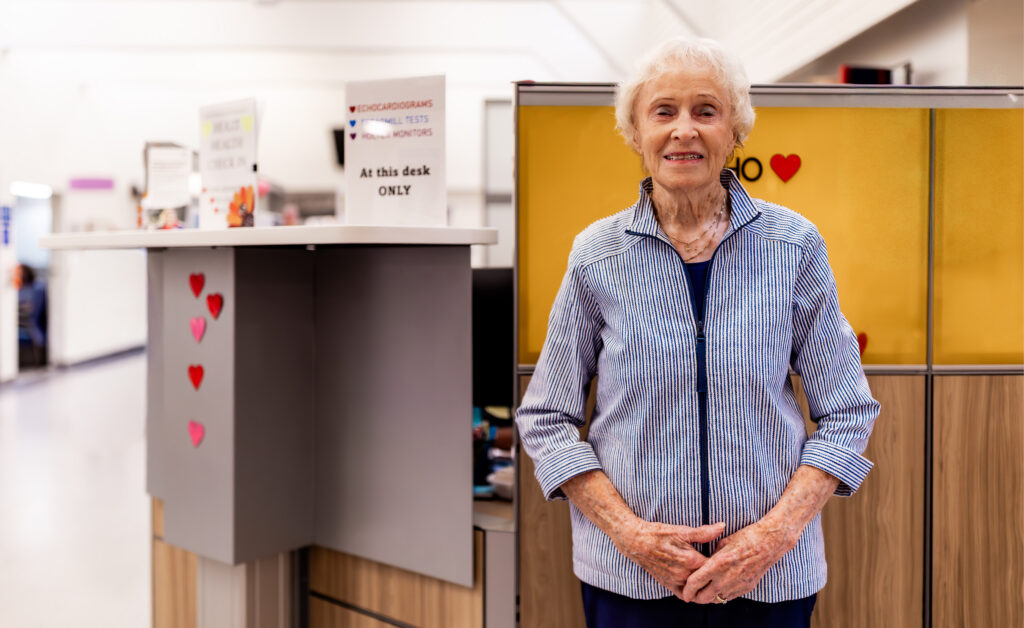by Cassidy Nunn | photo by Nunn Other Photography –
Lesson One: Embrace the Mess
My 11-month-old daughter’s face is a collage of green, orange and purple, a vibrant blend of the remnants of her lunch. I imagine my face must be flecked with similar colours, the resulting splatters a sign of her enjoyment of smashing her avocado, dahl and berries into her tray and rubbing the mixture in enthusiastic circles. Her shirt and pants are coated with the remains of the meal and her short hair is slick with the goopy avocado she rubbed vigorously into her hair as if applying shampoo. The highchair is coated in drips of purée and half-eaten, squished blueberries. I remind myself again, as I resist the urge to immediately wipe the food from her face, that this “mess” is an important part of her learning about food; instead, I bring my face in closer towards hers, and receive some sticky pats on my cheeks from her tiny, purée-covered hands. Sometimes it’s better to just become a part of the collage.
Lessons Two & Three: Food can be Fun, and Always Accept Help from the Dog
She waves her spoon around as if conducting an orchestra and giggles when a spoonful of dahl plops onto the floor beneath her. She squeals with delight as our dog pounces from underneath the highchair and licks the spill up in seconds, then retreats. He gazes straight up, waiting patiently for the next morsel of food to rain down. Normally, I don’t love him begging around the kitchen table – he’s usually relegated to his kennel until after mealtime – but these days, I welcome his dining room clean-up assistance. I know it’s valuable for babies to really experience their food: play with it, smush it, smell it, wear it and hopefully taste at least a little bit of it! Babies, it seems, can make any food fun, and that means an inevitable mess.
Lesson Three: Trust the Process
Because my oldest daughter was born at the beginning of the pandemic, we were really on our own when it came to introducing solid foods. We did the usual, starting with purées and baby cereal, and then I learned more about baby-led weaning. This is where parents allow the babies to self-feed, offering developmentally appropriate hand-held foods.
I had a lot of anxiety about what foods to offer and how much, choking, allergies, nutrition, when to introduce cow’s milk, to offer water, to transition to two snacks a day and three meals … as a first-time mum, I found it all overwhelming. I was anxious about being home alone feeding her when my husband was away at work, forever terrified of her choking or having an allergic reaction. Thankfully, I found some amazing online resources to help guide me through this process. Most importantly, what I learned was to trust in my baby and her own instincts. To follow her hunger cues, not force feed her with the spoon, and allow her to make her own decisions about what foods she’d try.
Lesson Four: Eating is a Workout
There’s a quote about how parenthood is all about getting up after having just sat down minutes ago. I feel this most deeply around mealtimes. One day I’m going to count the number of times I get up and down in any given stretch of mealtime and I know the number is going to be astronomical. From making the food, serving it and feeding the toddler to feeding the baby and the dog and trying to sneak some food into my own mouth – it’s all a workout. The flurry of back and forthing from the table to the fridge, back to the table, to the stove, back to the table, to the cupboard, back to the table … “just getting my steps in!” I tell myself as I squat to the floor to pick up the baby’s spoon which has been dropped (or purposely tossed) to the floor for what feels like the hundredth time in one meal.
Lesson Five: Food Connects Us
While sometimes it feels like an exorbitant amount of my time is spent thinking about/prepping/eating/cleaning up from meals, at the end of the day, food offers us more than just nourishment: it’s the time I get to spend connecting with my kids while grocery shopping, cooking, baking and eating with them.




